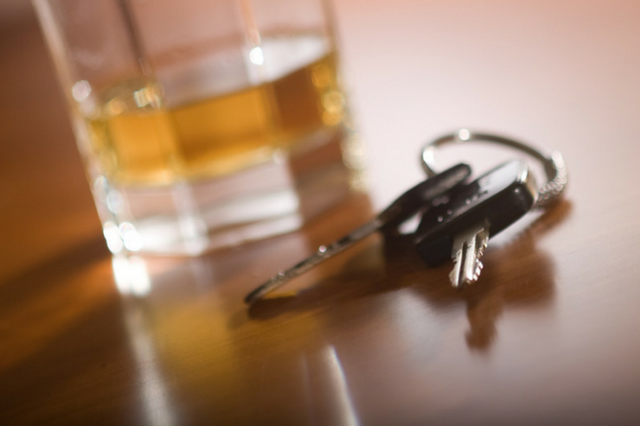[[data.name.value]]
[[metadata.defaultData.name]]
[[data.title.value]],
[[metadata.defaultData.title]],
[[data.company.value]]
[[metadata.defaultData.company]]

How Can Drunk Driving Be Prevented and Awareness Raised?
Drunk driving is still a major problem in the globe today, contributing to many collisions, injuries, and deaths annually. We must take thorough steps to prevent drunk driving and increase awareness of its hazards to make roadways safer.

More Stringent Legislation:
The implementation and enforcement of more stringent legal restrictions is one of the main strategies used to prevent drunk driving. This includes decreasing the acceptable blood alcohol content (BAC), stiffening the penalty for violators, and setting up sobriety checkpoints. Authorities may dissuade people from driving after drinking by putting up a powerful barrier.
Devices for Ignition Interlocks:
Vehicles may be equipped with ignition interlock devices (IIDs) to further assure the prevention of drunk driving. Before starting their autos, drivers must pass a breathalyzer test thanks to these gadgets. Mandating IIDs for drunk driving offenders prevents and rehabilitates them by promoting responsible conduct.
Campaigns for Public Awareness:
Raising public awareness is crucial to addressing the underlying issue that leads to drunk driving. All parties, including governments and nonprofits, need to start extensive public awareness efforts. These efforts should underline the dangers of drunk driving, educate the public, and promote responsible alcohol usage.
Programs for Education:
Implementing educational initiatives in communities and schools may be very important in reducing the number of drunk driving accidents. These programmes should teach people about alcohol's physiological consequences, impaired driving, and alternate transportation. Society may contribute to making the roadways safer by fostering appropriate attitudes regarding alcohol usage at a young age.
Integration of Technology:
Technological innovations provide creative ways to prevent drunk driving. For example, ride-sharing applications provide practical substitutes for driving while intoxicated. Technological businesses and governments may create and promote such solutions, making responsible mobility simpler for everyone.
Motivating Assigned Drivers:
Educating friends and family about the idea of designated drivers may be a successful grassroots strategy. To guarantee that at least one person stays sober at events involving alcohol, friends and family may alternate in serving as the designated driver. This is simple yet effective approach promotes individual accountability and fosters a culture of mutual aid.
Community Support and Involvement:
Sustained success in the battle against drunk driving depends on involving communities in the effort. To establish support networks, local governments, law enforcement, and community groups may work together. Neighborhood watch programs that monitor and report drunk driving urge communities to participate in road safety. By promoting community responsibility and alertness, drunk driving may be further prevented.
Conclusion:
Fighting drunk driving requires teamwork and a dedication to all-encompassing solutions. With tight restrictions and improved awareness, society can reduce drunk driving incidences and save lives and avert disasters. Through technology, responsible alternatives, and responsibility, society may drastically reduce drunk driving and make roadways safer.